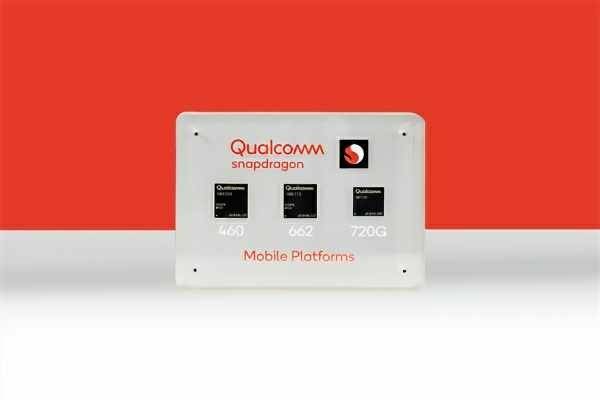According to Japanese media reports yesterday, Huawei will become the world’s second largest smartphone manufacturer, shipped more than 200 million in 2018, the first year to beat Apple. According to IDC data, Huawei’s market share in the third quarter of 2018 was 14.6%, surpassing Apple’s 13.2%, ranking second in the world
Huawei spends 10% of its annual revenue on R&D, ranking fifth in the world, behind Samsung, Google, Volkswagen, and Microsoft, higher than Intel and Apple.
A few years ago, Huawei Mobile and Leica established a technical expert group, the main work direction is optical design and image quality. Every part of the camera camera corresponds to a digital camera, but the optical design of the phone has a natural limitation: the optical quality of the plastic lens is far from the optical lens; due to the size limitation, the design experience of the traditional optical lens may not be fully inherited. The processing of the lens module is difficult, and the production yield, mass production and cost must be considered. When Leica experts proposed the optical design of the lens module, the first challenge came to the fore.
On the other hand, although mobile phones and cameras are the same in terms of test instruments and platforms for objectively evaluating image quality, the test standards used by Leica are much higher. For example, the color card used to test color reproduction, Huawei mobile phone generally requires accurate reduction of dozens of color blocks is good, Leica’s standard is the accurate restoration of 140 color blocks. To meet Leica’s standards, higher requirements are placed on handset devices, ISP algorithms, and post-processing.
Image quality testing includes many dimensions such as color, focus, texture, noise, distortion, and dynamics. This is a system engineering. Huawei’s R&D Multimedia Department has a dedicated image evaluation team. There are more than 100 representative fixed scenes, as well as random scenes. The image assessment team not only has to take a lot of samples every day, but also receives a large number of Beta test pictures, analyzes the problems, and each problem must be tracked and implemented. It is with this hard work that the quality of Huawei’s mobile phones has gradually moved closer to Leica’s “Dewei”.
It can be seen that the cooperation between Huawei mobile phone and Leica is not simply to put a professional lens into the mobile phone, but to complete the re-development. It is particularly worth mentioning that Leica experts have placed high demands on the ghost and glare indicators of the lens. The Leica test ghost and glare light source is equivalent to the projector’s light source, which is several times stronger than the test light source used by mobile phone manufacturers. Only under such extreme strong light source can the lens be completely exposed to ghosts and glare. Leica insists on using the lens test standard for cell phone lens testing because it is the basis for excellent images.






